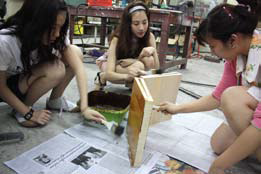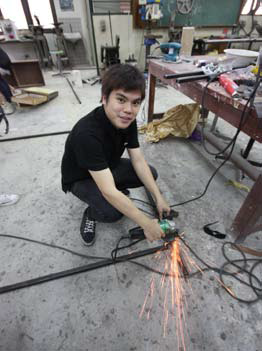Over the summer, a group of students undertook the task of designing the layout and furniture for a Cafe & Gallery in an empty area within Chanhunmumphen school. The proposed design involved repurposing old wood, doors, and cabinet drawers to create furniture for the interior of the space. Once the design of the prototype, including chairs, tables, and shelving units, was finalized, the students dedicated the following weeks to fabricating the pieces in a workshop. Finally, the proposed design and furniture were presented to both the Chanhunbamphen school and the community.
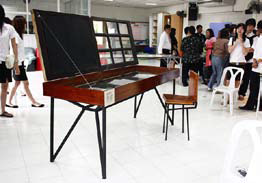
Related Projects:
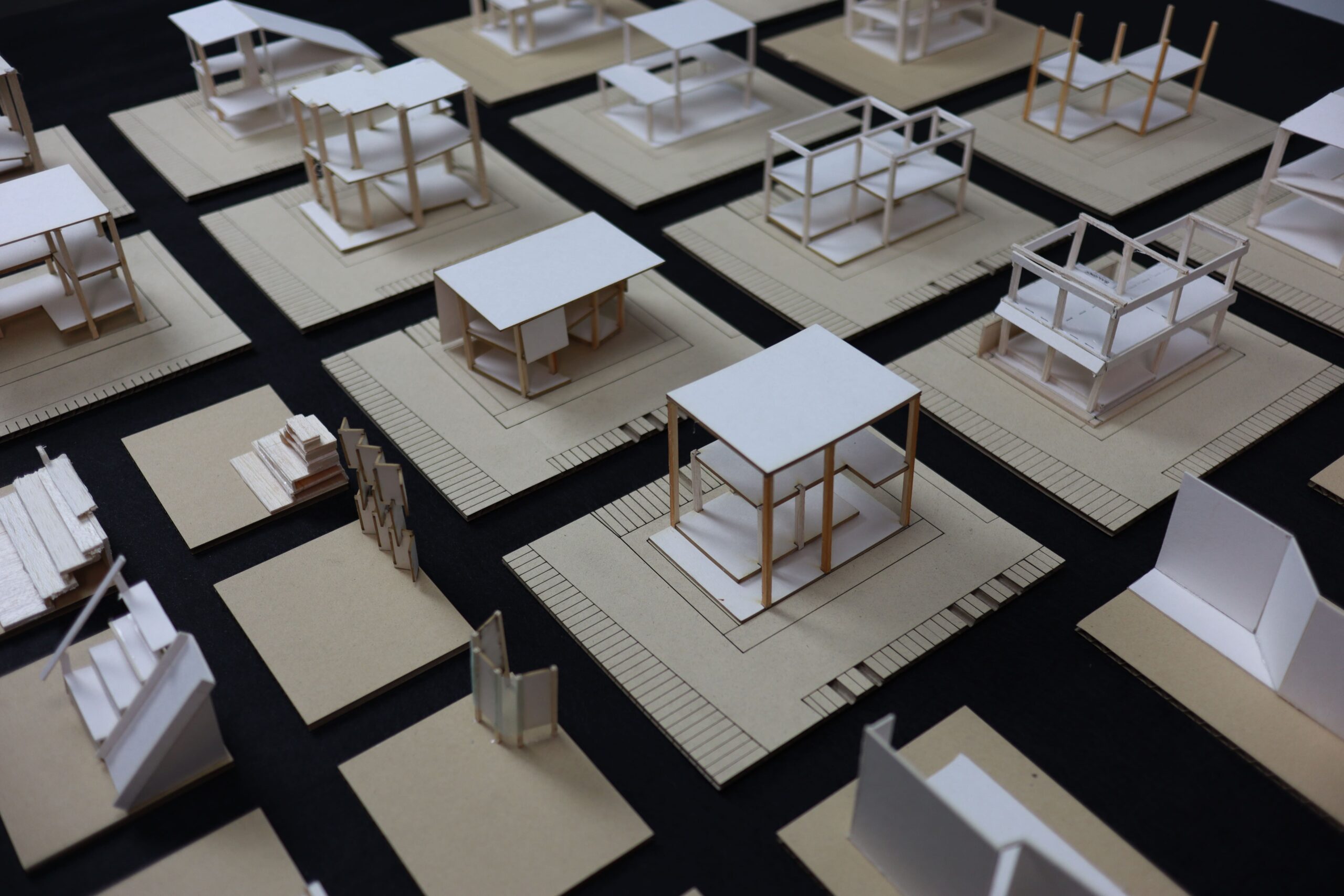
Praya Prasit Community Learning Center
The project engages with the Phraya Prasit Community of 700 people to redevelop their existing community building into a multifunctional community learning center. Students developed a well-crafted project that not only serves the community but also encourages students to engage with similar activities in their future professional life. Students were engaged with an existing building in Dusit District and learned how to work with the local community, how to survey an existing structure and use modern techniques to prepare a body of research work.
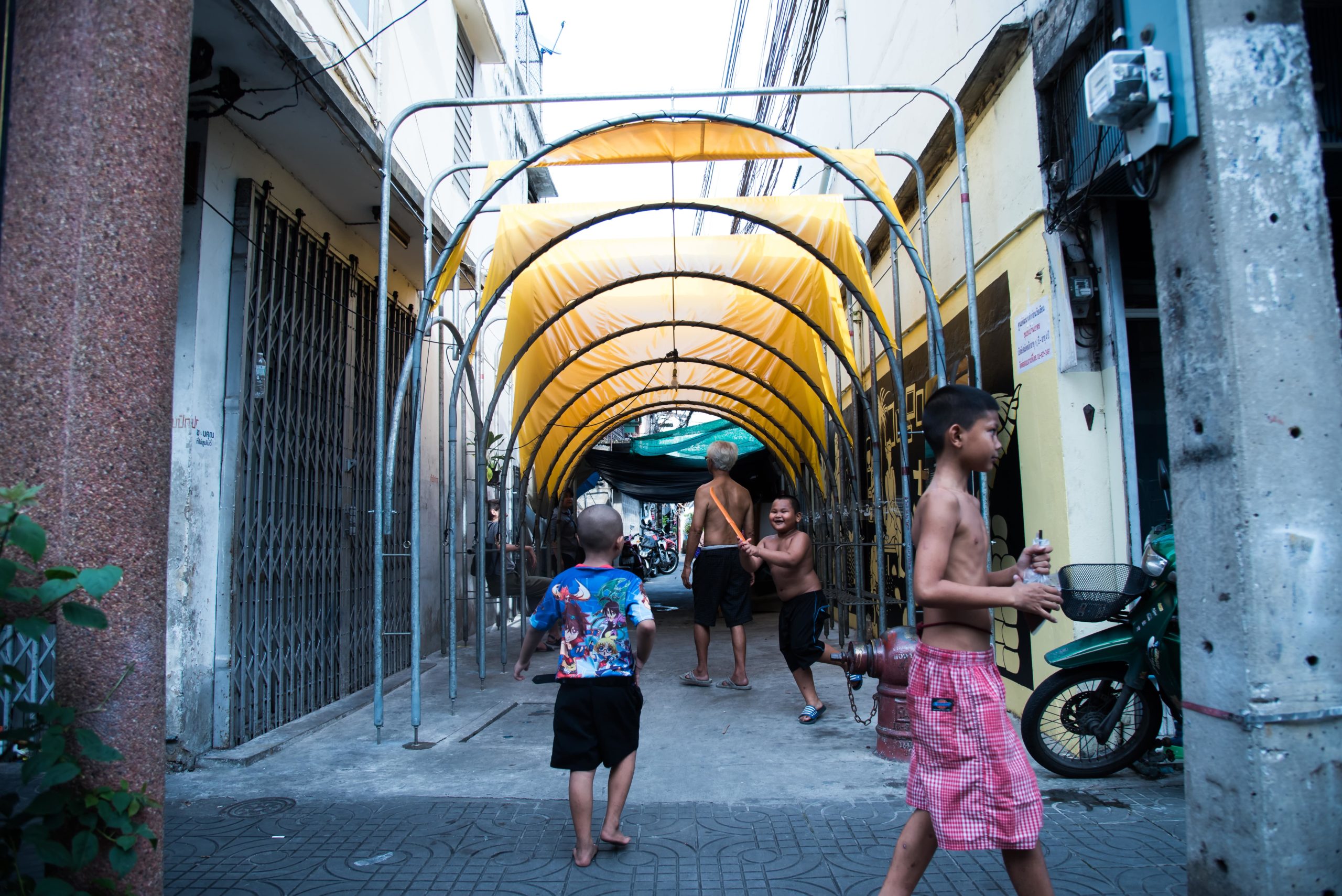
Ban Bat
A series of participatory design workshops, meetings, and a communal ‘dinner and dance’ event were organized by the Thai students with the Ban Bat community in preparation for this design-build project. Residents’ opinions were oriented around three main objectives: to represent their identity in a mural, to preserve their craft, and to increase social activity. Everyone agreed that better signage and facilities were needed. Through an assessment of spatial challenges, it was noted that the entrances were undefined and difficult to locate. After a student design charette and approval from the Royal Crown Property Bureau, shop drawings were made for prefabricated bent steel pipes which were modified on-site with guidance from skilled workmen from local design practice, StudioMake. Once all vertical pipes and archways were secure and level, canvas panels were attached. In addition, an eight-meter-long mural represents each step in the bat-making process and includes scenery inspired by the alleyways. One month after completing the installation, we returned to Ban Bat to hear feedback from the community and inaugurate the project. Residents seemed very pleased, especially with the mural and signage, and they shared some suggestions for how best to initiate engagement from an even larger number of residents.

